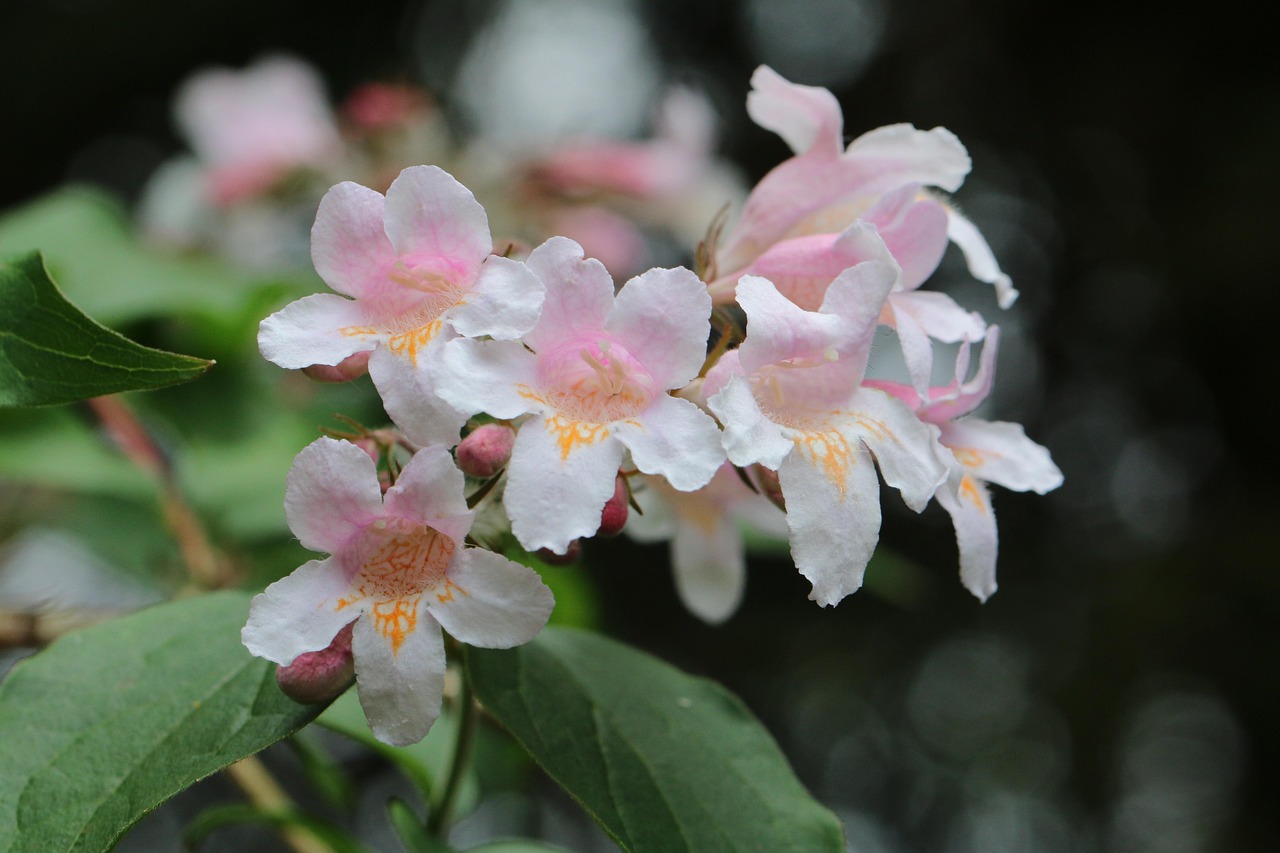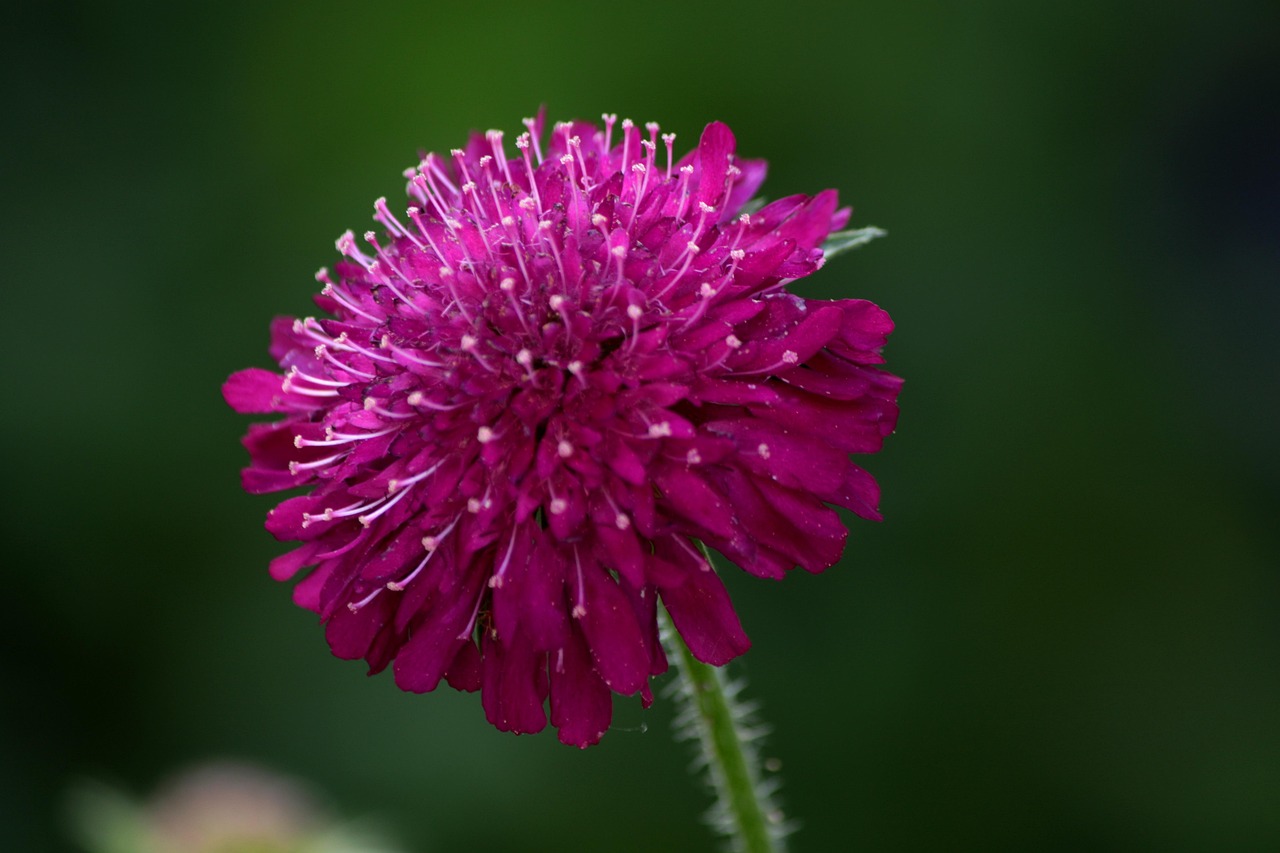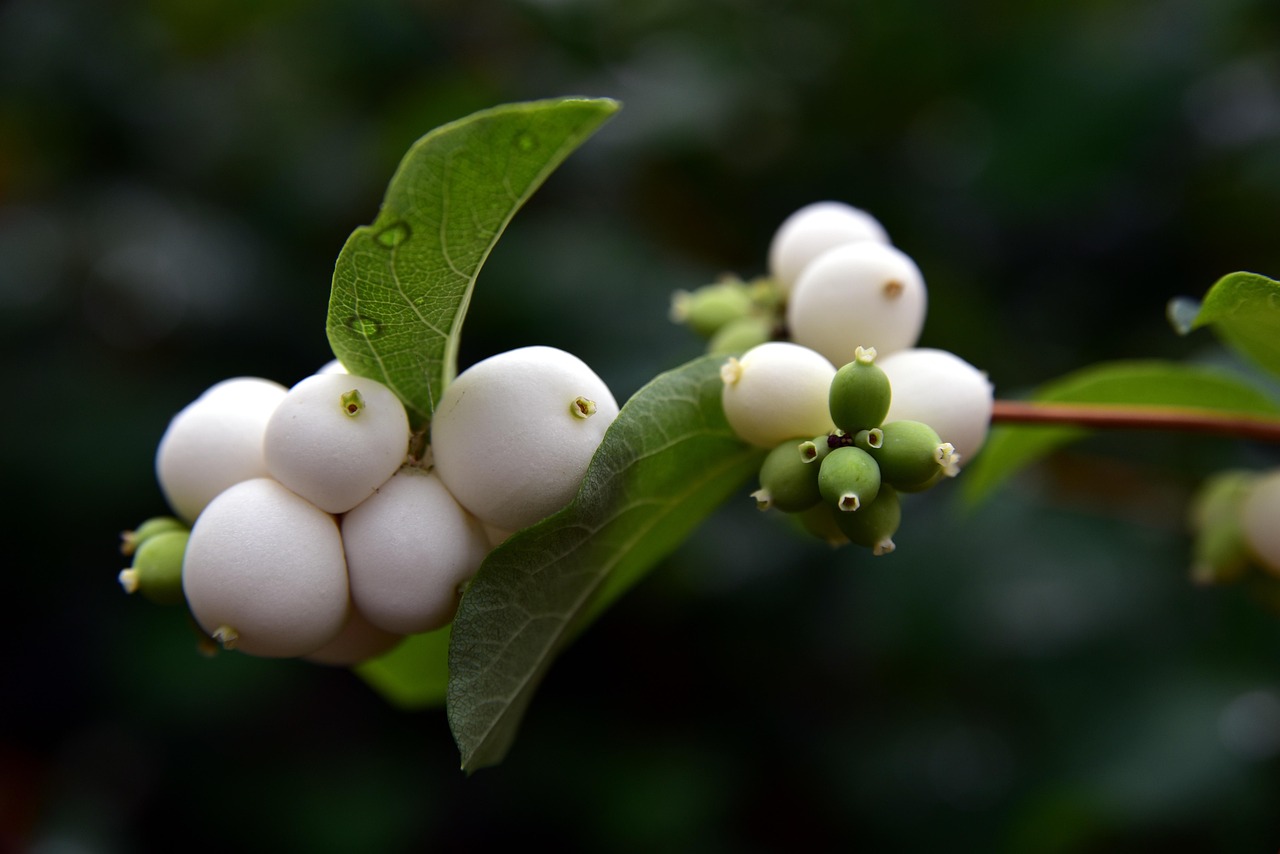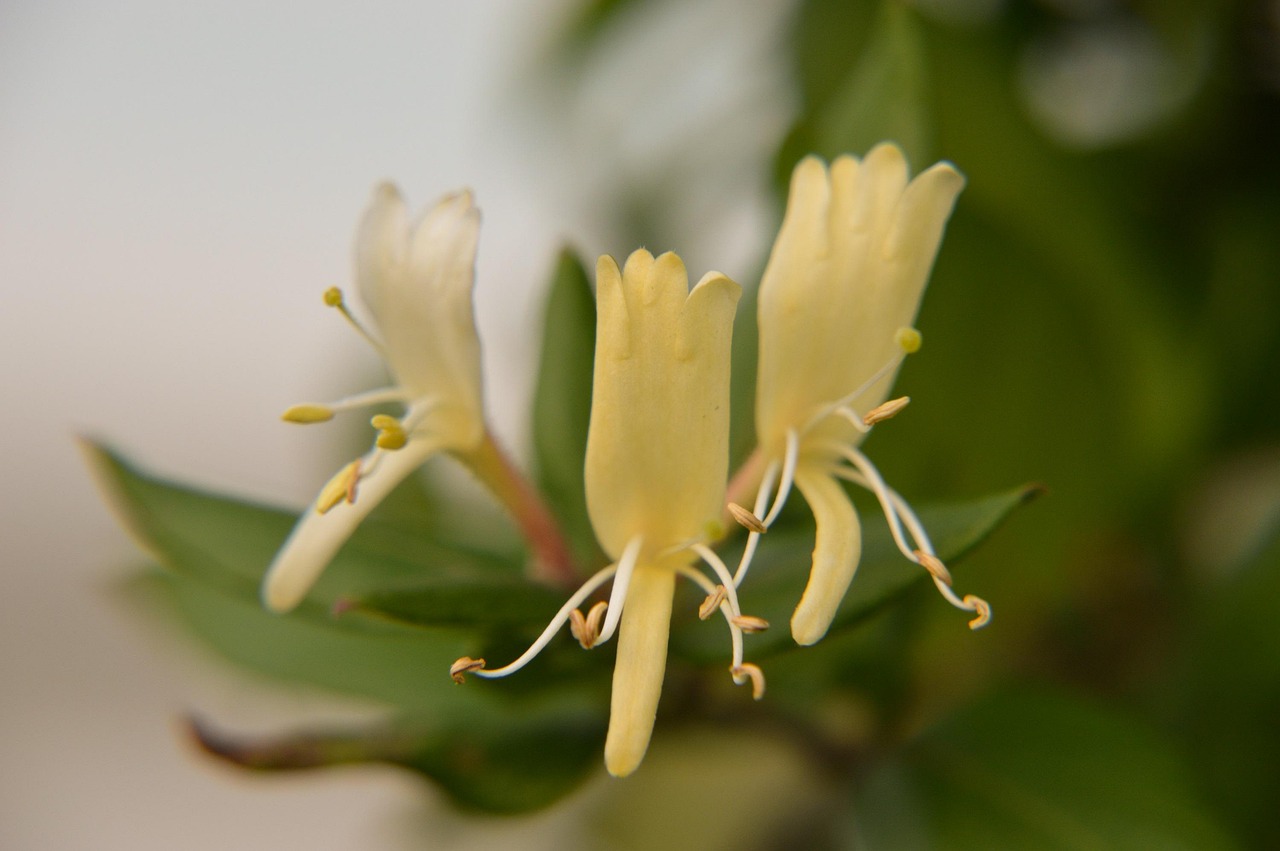Honeysuckle | A Fragrant Climbing Flower that Adorns European Fences
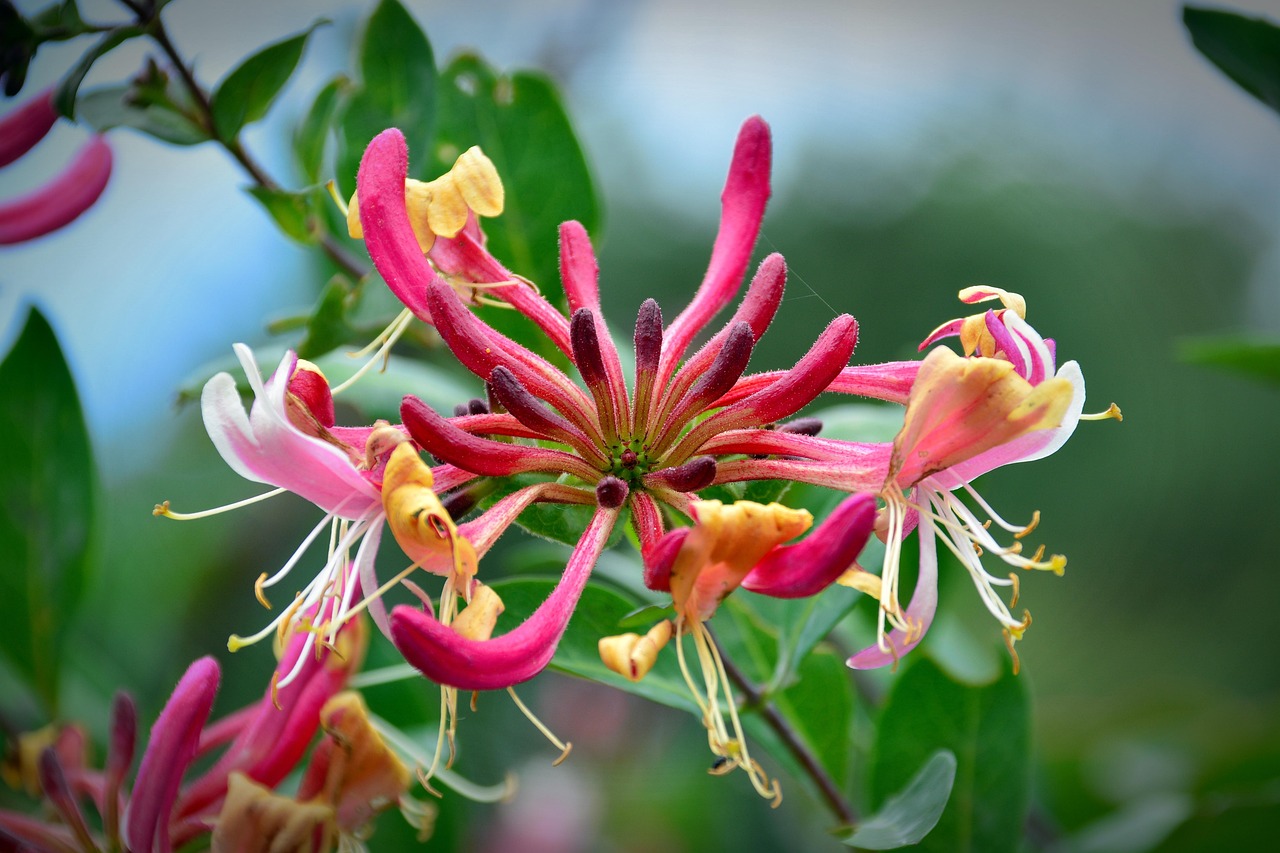
I introduce honeysuckle, a deciduous plant admired for its sweet fragrance and elegant climbing form.
Native to Europe, this member of the genus Lonicera blooms from early to late summer with white, yellow, and cream-colored tubular flowers that beautifully decorate gardens and fences.
The blossoms release their most intense fragrance at dusk, which has long captivated people as an ornamental plant.
In this article, I will provide essential information about honeysuckle, its cultural and historical background, and practical tips for growing it.
Basic Information
- Scientific name: Lonicera periclymenum
- Family: Caprifoliaceae
- Origin: Europe and Western Asia
- Appearance: A twining vine with tubular flowers that open at the tips, shifting in color from white to cream and then yellow. After flowering, small red berries may appear.
- Blooming season: June – August
- Fruiting season: Late summer – autumn
Cultural Significance in Europe
Honeysuckle has traditionally been used in gardens, arches, and trellises across Europe due to its fragrance and ornamental value.
In England, it is also known as “Woodbine” and often appears in poetry and folklore as a symbol of romance. Its strong scent and graceful form have made it a popular choice for wedding decorations.
In France, Germany, and other countries, it has been cherished as a plant that adorns walls and gates of family homes. Because its fragrance intensifies at night, it has also been featured in “moonlit gardens,” emphasizing the sensory pleasures central to European garden culture.
Historical Background
During the Middle Ages, honeysuckle was cultivated in monasteries and noble gardens as a fragrant ornamental plant. In England, it was mentioned by poets such as Edmund Spenser and William Shakespeare, symbolizing the connection between nature and human emotions.
By the 18th century, during the horticultural boom, various improved cultivars were developed, enhancing both fragrance and ornamental beauty. In Victorian gardens, honeysuckle became indispensable alongside roses, adorning fences and walls.
Gardening Advice
As a climbing plant, honeysuckle requires careful placement and support. Here are some key tips:
Sunlight
Prefers full sun but also grows in partial shade. Adequate sunlight improves flowering.
Watering
Minimal watering is needed once established in the ground, except during prolonged dry periods. In pots, water thoroughly when the soil surface dries.
Soil
Well-drained, slightly alkaline soil enriched with compost is ideal.
Fertilizer
Apply slow-release fertilizer in spring and additional feeding at the end of summer for next year’s growth.
Pruning
After flowering, trim excessive or old stems to improve airflow and prevent pests. In winter, cut back unnecessary branches to maintain shape.
Training
Guide the vines gently with soft ties on fences or arches. Early direction is important, even though the plant twines naturally.
Conclusion
Honeysuckle is a climbing plant that releases a sweet fragrance from early to late summer, deeply rooted in European gardens and literature. Known as “Woodbine” in England, it has long been a symbol of love and sentiment.
Cherished from the Middle Ages to modern times, it continues to grace walls and arches with both elegance and fragrance.
When planted in a sunny spot and carefully trained, honeysuckle will reward you with its graceful beauty and captivating scent.

